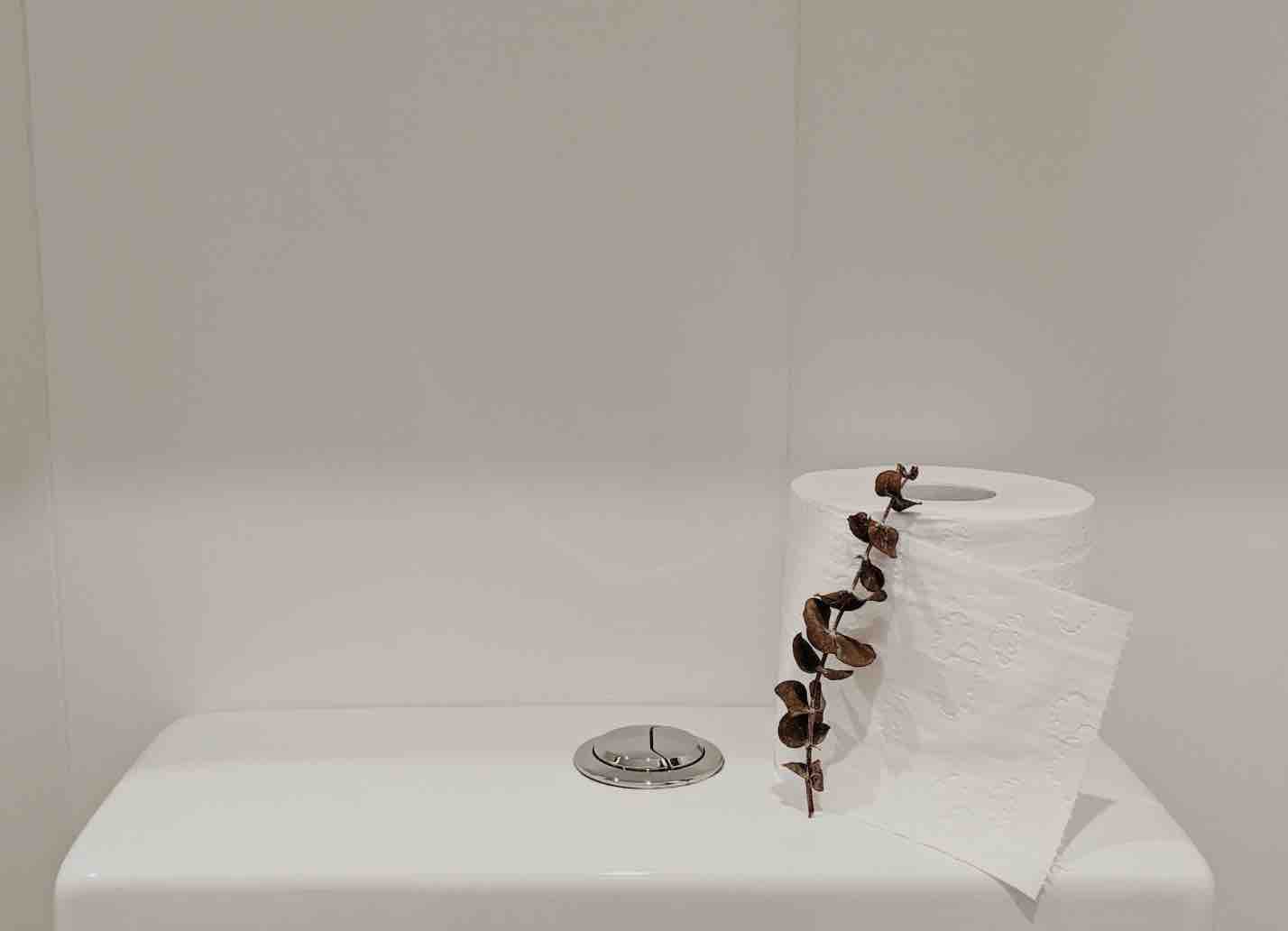
25 Jan Pivotal Tips For What to Do if Your Home Gets Flooded
A flood has left you or your family members unable to function. Even minor flooding could cause severe damage.
Flooded Steps to Your Home
- Safety
- Document
- Insurance
- Clean
Safety First
Flood situations can be dangerous. Do not leave your home until you are safe. Turn off the power if your house floods.
Document the damage
You must immediately get to work cleaning up. These photos will help you file insurance claims.
Submit an insurance claim
Tell your insurance company about flooding damage.
Flood Clean up
Carpets
Carpets that are not cleaned properly can quickly turn moldy and mildewy. Always keep windows open to speed drying and prevent mold growth.
Flooring
Flood damage could cause serious foundation problems if not addressed immediately. Drain as much water as possible.
The best way to do it is with dump pumps
Furniture
Furniture that has been damaged by floods cannot be saved. But, it’s possible to save furniture that hasn’t suffered major damage from floods. Furniture that has been exposed to floodwater may need to be replaced. Millions of microscopic mold-spores could be found in the stuffing.
Safety of electrical appliances
Electrical appliances that are submerged must be removed from the premises immediately after they have been approved by an electrician. Flooded homes can lead to an electric fire. All appliances must be unplugged, but not dried.
Gas appliances are safe to use
You can’t use floodwater-damaged gas appliances. Although a gas appliance might seem to be working properly, it’s possible that safety features have been compromised by standing water. Gas leakage can also be caused by floodwater damage. This could lead to explosions or fires.
How to prevent your home flooding
Flooding can occur at any time, especially if you live near freshwater bodies such as rivers, lakes or oceans Many people think they can flood-proof their homes.
Flood Damage Prevention
Knowing the risks can help prevent flooding. The National Weather Service will be able to tell you if your area is at risk. These maps provide information about rainfall frequency and amounts as well as areas most at risk from flooding or other flash flooding.
These resources will help you to identify potential hazards in your area. Understanding the weather conditions that could trigger severe storms can make planning more efficient.
Where water is found
It’s as important to identify where water is entering your home as where it goes. Once you have identified the problem areas, you can find ways to stop water from getting in. Caulk can be used to seal window openings and door frames.
Identify Potential Hazards
It’s important to determine where water may be entering your home and take steps to reduce its impact. If your drain system is in order, a sump pump could be installed. Sandbags are used to fill in soil around foundations. Flood damage can again happen if your home gets submerged.
Flood-proof materials can be used to prepare for the worst. You should have an evacuation plan. Floods are very dangerous and should be treated quickly. These tips can help you save money, speed up the process of getting back your home.

